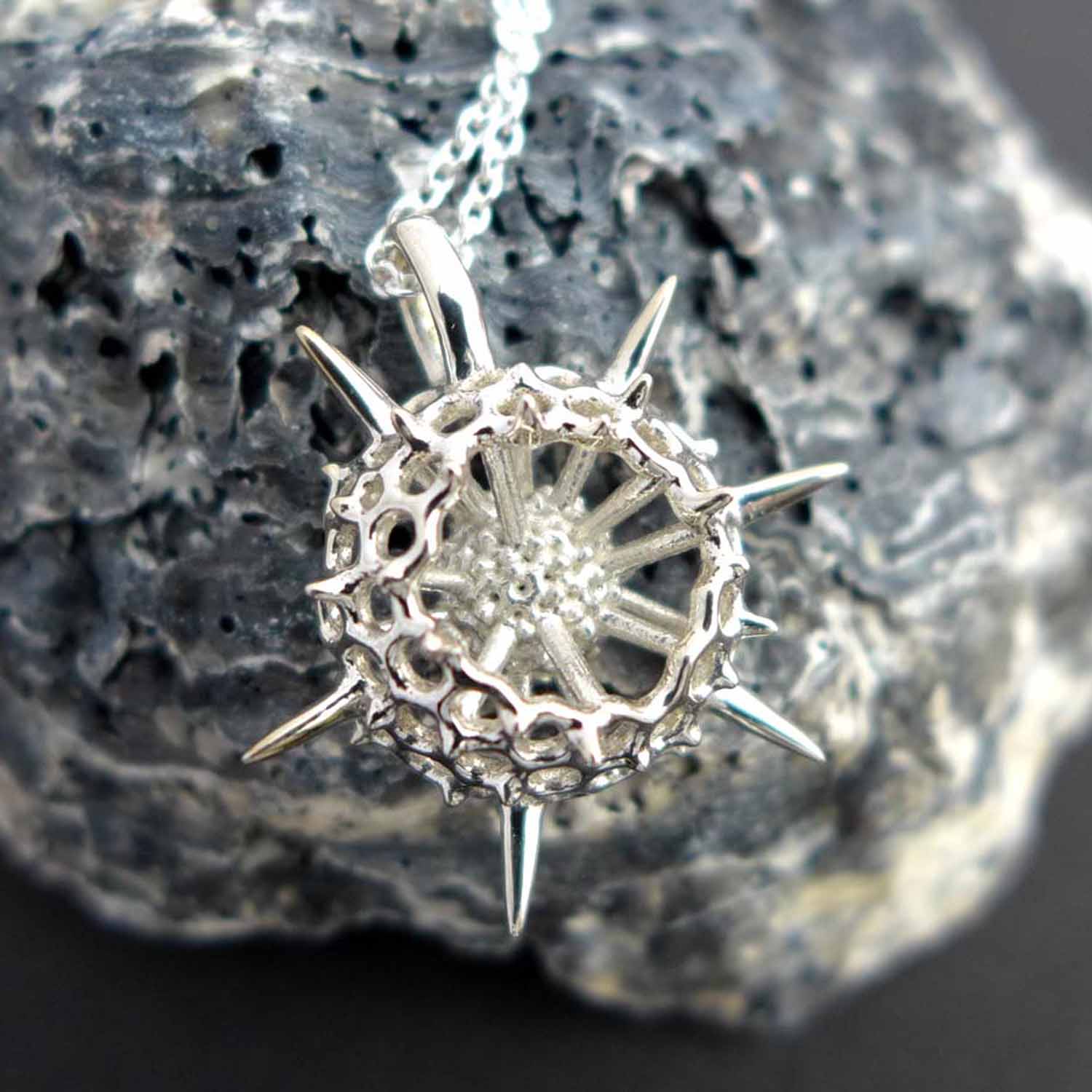Those dreaded ticks
It's that time of year again, take a walk in the forest or through a meadow or even just sit on the grass in your backyard, and you're likely to become a vehicle and food source for a tiny little arthropod, the tick. My oldest daughter was recently helping out with a research project in the forests near Berlin, and in between collecting samples and swatting mosquitoes, she swept away four ticks that were ambitiously trying to make her their host. In Germany, the two most common tickborne diseases are Lyme disease and Tickborne encephalitis (TBE in English, FSME or Frühsommer Meningoenzephalitis in German). TBE/FSME is caused by a Flavivirus in tick saliva that is transferred to your bloodstream when a tick anchors itself in your skin. It results in inflammation of the brain and central nervous system and is deadlly in about 1-2% of cases. Luckily, there is a vaccine against this disease and it's a good idea to have this vaccination if you live in Europe or are planning to spend much time here in the summer months.
Lyme disease, the other prevalent tick-borne disease in Germany, is caused by several species of the bacterium Borrelia and there is no vaccine. The disease can be treated with antibiotics if promptly recognized, but even so some people can suffer symptoms including joint pain and fatigue for months afterwards or even longer. The CDC has compiled a list of recommendations for preventing tick infestations. I would suggest taking a few minutes to read it and refresh your knowledge before you head into the forest. One recommendation that was new to me is that showering within a couple of hours after a hike is a good way to wash away unattached ticks and is known to reduce tickborne diseases. Of course, just showering isn't enough and you should also check your body for these tiny parasites. The CDC list at the link above has a helpful diagram showing the parts on your body where you're likely to find ticks.

Tickborne diseases are on the rise and tick populations have steadily increased and expanded into more northern latitudes, possibly due to global warming. Because of this, tick biology and control has become a critically important research subject for entomologists. I've designed several pieces of tick jewelry based on the species Ixodes to honor these scientists. Wouldn't you rather see a shiny sterling silver tick attached to someone's ear than a real one?






Leave a comment